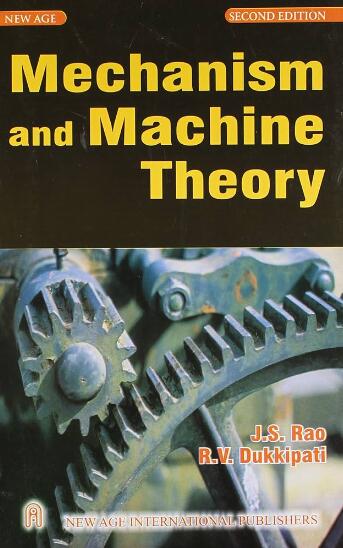Deployable Cellular Structures of Pyramids and Prisms for Construction of Large-scale Deployable Supporting Trusses
IF 4.5
1区 工程技术
Q1 ENGINEERING, MECHANICAL
引用次数: 0
Abstract
Pyramidal and prismatic deployable structures always serve as fundamental components of large-scale deployable supporting trusses. In this paper, the mechanism design and drive layout selection of deployable cellular structures are focused on for constructing different types of deployable mechanisms. First, deployable mechanisms with two types of backbone mechanisms are proposed as basic units to construct structures of pyramids and prisms. The mobility analysis of the proposed deployable mechanisms is carried out via screw theory. Subsequently, deployable cellular pyramids and prisms are constructed by proposed deployable mechanisms via modular assembly with central and planar symmetry. Kinematic analysis is then presented to understand the input-output relationships and deployable characteristics. Performance evaluation and comparisons of deployable mechanisms considering different actuated joints are carried out to select the optimal drive layout by adopting motion/force transmission and constraint indices. As a result, modular-designed supporting trusses are proposed for space-borne mesh reflectors and parabolic antennas based on deployable cellular structures. The proposed deployable cellular structures and constructed deployable trusses are expected to contribute valuable references in the field of deployable mechanisms.
用于大型可展开支撑桁架构造的金字塔和棱柱可展开细胞结构
金字塔形和棱柱形可展开结构一直是大型可展开支撑桁架的基本组成部分。为构建不同类型的可展开机构,本文重点研究了可展开单元结构的机构设计和驱动布局选择。首先,提出了两种骨干机构的可展开机构作为构建金字塔和棱镜结构的基本单元;利用螺旋理论对所提出的可展开机构进行了机动性分析。随后,通过中心对称和平面对称的模块化装配,采用所提出的可展开机构构造可展开的细胞金字塔和棱镜。然后提出了运动学分析,以了解输入输出关系和可部署特性。采用运动/力传递和约束指标,对考虑不同驱动关节的可展开机构进行性能评价和比较,选择最优驱动布局。因此,提出了基于可展开蜂窝结构的星载网状反射器和抛物面天线的模块化支撑桁架设计方案。提出的可展开单元结构和构造的可展开桁架可望在可展开机构领域提供有价值的参考。
本文章由计算机程序翻译,如有差异,请以英文原文为准。
求助全文
约1分钟内获得全文
求助全文
来源期刊

Mechanism and Machine Theory
工程技术-工程:机械
CiteScore
9.90
自引率
23.10%
发文量
450
审稿时长
20 days
期刊介绍:
Mechanism and Machine Theory provides a medium of communication between engineers and scientists engaged in research and development within the fields of knowledge embraced by IFToMM, the International Federation for the Promotion of Mechanism and Machine Science, therefore affiliated with IFToMM as its official research journal.
The main topics are:
Design Theory and Methodology;
Haptics and Human-Machine-Interfaces;
Robotics, Mechatronics and Micro-Machines;
Mechanisms, Mechanical Transmissions and Machines;
Kinematics, Dynamics, and Control of Mechanical Systems;
Applications to Bioengineering and Molecular Chemistry
 求助内容:
求助内容: 应助结果提醒方式:
应助结果提醒方式:


